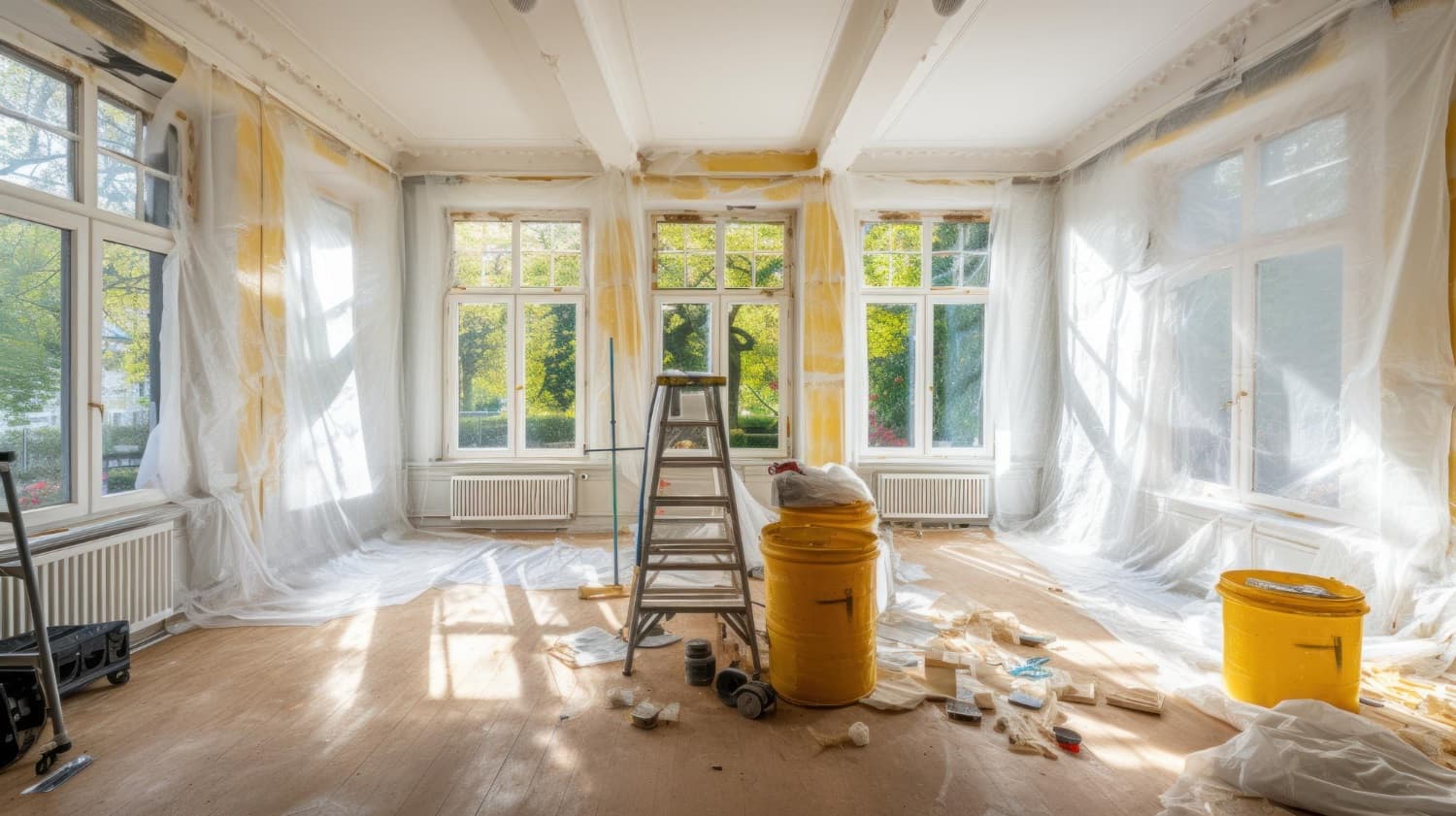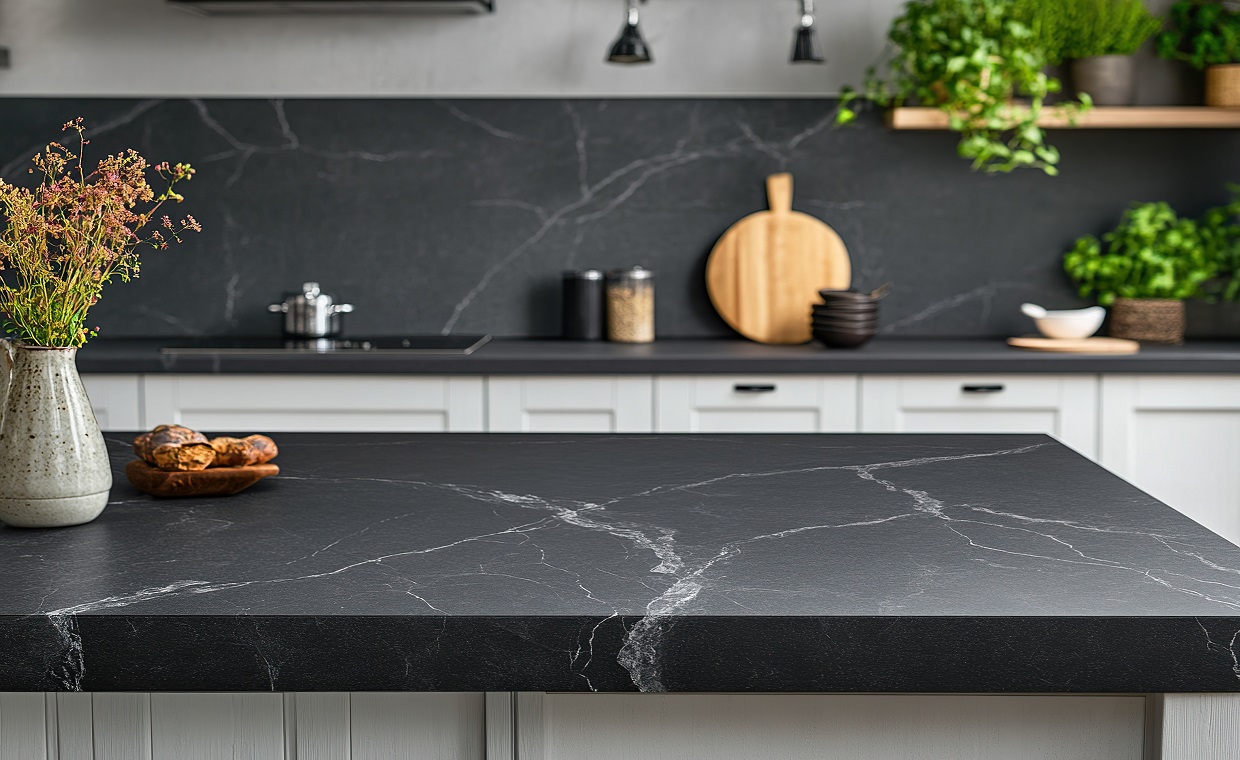
Home renovations can significantly enhance a property, but they also come with risks that can affect the safety and integrity of a home. To protect your home during a renovation, it is crucial to establish a clear plan that addresses potential hazards, secures valuables, and maintains a clean work environment. By taking appropriate measures, homeowners can ensure that their space remains safe while work is in progress. Let’s understand how to protect home during home renovation in detail.
Preparing for a renovation involves more than just selecting materials and designs. Homeowners need to communicate effectively with contractors about their expectations and concerns. Keeping critical areas, such as entrances and exits, clear of obstructions will also help maintain safety throughout the renovation process.
Another important aspect is to protect existing furniture and fixtures. Covering items with durable tarps and ensuring that all pathways are free from debris can minimize damage during construction. This proactive approach allows homeowners to enjoy their renovations without worrying about unintended consequences.
(I) Securing the Premises
(II)Protecting Valuables and Sensitive Areas
(III)Safety Measures for Workers and Residents
(IV)Surveillance and Monitoring
(I) Securing the Premises

Ensuring the safety of a home during renovations is crucial. Homeowners should take proactive steps to secure their premises before work begins.
01. Lock All Entrances
All doors and windows must be securely locked. This deters unauthorized access and protects belongings inside.
02. Install Temporary Fencing
Erecting a temporary fence around the renovation site can prevent unauthorized entry. It creates a clear boundary for workers and visitors.
03. Use Security Cameras
Installing security cameras can provide an additional layer of security. Monitoring can help deter potential thieves and document any unusual activity.
04. Limit Access Points
Minimizing entry points reduces opportunities for unauthorized entry. Designate one or two access points for workers and maintain clear supervision.
05. Inform Neighbors
Communicating with neighbors about renovation timelines can enhance security. Neighbors can keep an eye on the property and report any suspicious behavior.
06. Secure Valuables
All valuable items should be removed or securely stored. This lowers the risk of theft and protects personal belongings.
07. Consider an Alarm System
If possible, activating a home alarm system can offer peace of mind. Many systems can be monitored remotely.
Adopting these strategies will help maintain security throughout the renovation process. It allows homeowners to focus on transforming their space without unnecessary worries.
(II) Protecting Valuables and Sensitive Areas

During a home renovation, protecting valuables and sensitive areas is crucial. The following measures can help ensure safety and security.
01. Create a Plan
- Identify high-value items like electronics, artwork, and antiques.
- List sensitive areas such as kitchens, bathrooms, and bedrooms.
02. Move Valuables
- Relocate items to a safe space away from renovation zones.
- Consider using temporary storage units for larger items.
03. Use Protective Materials
- Cover furniture with blankets or tarps.
- Use plastic sheeting to protect walls and flooring.
04. Restrict Access
- Establish barriers to limit contractor access to certain areas.
- Use signs to remind workers to avoid sensitive spaces.
05. Consider Insurance
- Review homeowners’ insurance to understand coverage during renovations.
- Document the condition and value of items before starting the project.
06. Communicate with Contractors
- Discuss specific concerns with the renovation team.
- Ensure they are aware of sensitive items and areas that need protection.
Taking these steps helps minimize damage and loss during renovations. A proactive approach can lead to a smoother process and peace of mind.
(III) Safety Measures for Workers and Residents
Maintaining safety during home renovations is essential for everyone involved. Implementing proper measures protects both workers and residents from potential hazards.
01. Establish Clear Access Points
Clearly mark areas where workers are allowed. Restrict access to parts of the home that are unsafe. This helps prevent accidents and keeps residents away from hazardous zones.
02. Use Personal Protective Equipment (PPE)
Ensure all workers wear appropriate PPE. This includes hard hats, gloves, goggles, and masks. Residents should be aware of PPE requirements to minimize exposure to dust and debris.
03. Maintain a Clean Work Area
Encourage workers to keep the site tidy. Remove debris and tools from walkways regularly. A clean environment reduces the risk of trips and falls.
04. Adequate Ventilation
Ensure proper airflow in areas undergoing renovation. Ventilation minimizes the buildup of harmful fumes from paints and adhesives. Opening windows or using fans can help.
05. Emergency Procedures
Have a plan in place for emergencies. This includes contact numbers for emergency services and a clear evacuation route. Ensure everyone knows the location of first aid kits.
06. Secure Pets and Children
Keep pets and children away from the work zone. Use gates or barriers to limit their access. This reduces distractions for workers and keeps everyone safe.
(IV) Surveillance and Monitoring

During a home renovation, maintaining security is crucial. Surveillance systems can provide peace of mind.
01. Types of Surveillance Systems
- CCTV Cameras: These provide continuous visual monitoring of key areas around the home.
- Smart Doorbell Cameras: These allow users to see and communicate with visitors remotely.
- Motion Sensors: These can alert homeowners of any movement in specific zones.
02. Integrating Security Systems
Integrating security systems during renovations can enhance safety. It’s beneficial to install these systems before construction starts to cover all vulnerable areas.
- Remote Access: Many systems offer mobile applications to monitor live feeds and receive alerts from anywhere.
- Recording Features: Continuous recording can act as evidence if issues arise.
- Lighting Controls: Automated lighting with timers can deter intruders while the home is under renovation.
03. Installation Considerations
It is advisable to work with professionals for installation. They can ensure proper placement of cameras and sensors for maximum coverage.
Homeowners should regularly check and maintain their systems. Regular updates can protect against vulnerabilities.
Prioritizing surveillance creates a safer environment during the renovation process.
Conclusion
Hope these tips on how to protect home during home renovation will surely helpful to you for your next remodelling project. If you want to read more such articles on home remodelling, you may refer the following links:






























